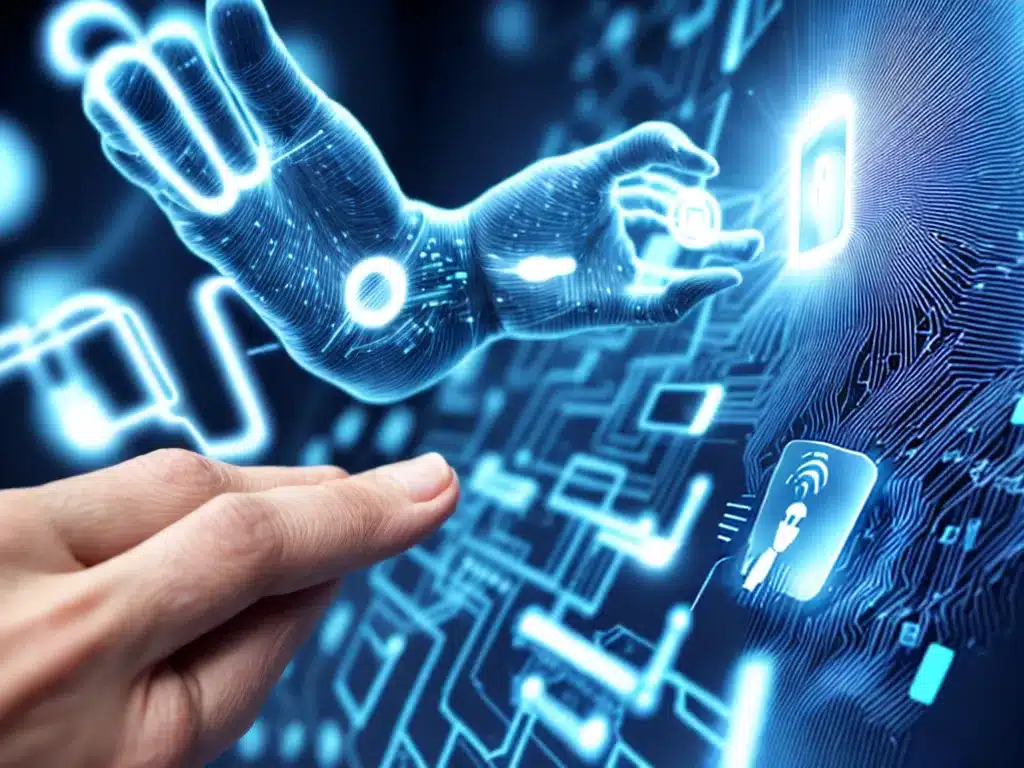
Is Biometrics the Future of Authentication? Pros and Cons
Biometrics refer to unique physical or behavioral characteristics that can be used to verify an individual’s identity. These include fingerprints, facial recognition, iris scans, voice recognition, gait analysis and more. Biometric authentication is becoming increasingly common as an alternative to passwords, PINs and security tokens. However, biometrics also come with some concerns regarding privacy and security.
Pros of Using Biometrics for Authentication
Convenience
- Biometrics are very convenient since users don’t have to memorize long passwords or carry security tokens. I simply have to use my fingerprint, face, eyes or voice to authenticate. This saves time and effort.
Security
-
Biometric traits are unique to each individual, so they are harder to steal or forge than passwords. This makes biometrics more secure against many cyber threats.
-
Biometrics are also more secure against social engineering attacks, where fraudsters try to trick users into revealing passwords.
Accuracy
- Modern biometric systems have become very accurate at matching an individual’s biological traits. For example, fingerprint scanners have false rejection rates below 1%. This makes biometrics reliable for authentication.
Difficult to Repudiate
- With biometrics like fingerprints and facial recognition, it is difficult for users to repudiate transactions. This protects against fraud since users cannot deny having accessed a system.
Universal
- Unlike passwords, biometrics work for those who cannot read or write, including children. Users do not have to memorize anything.
Cons of Using Biometrics for Authentication
Privacy Concerns
- Biometric data is permanent and unique to each person. There are privacy concerns regarding how biometric information is collected, stored and used. Data breaches could expose highly sensitive information.
Security Vulnerabilities
- While difficult, biometric traits can still be copied or spoofed using techniques like fingerprint lifters, high resolution photographs and voice recorders. Criminals are actively developing methods to defeat biometric systems.
Lack of Secrecy
- We leave fingerprints, facial images and voice trails everywhere we go. Unlike passwords, we cannot keep our biometrics secret. Once leaked, biometrics cannot be changed like passwords.
Deployability Challenges
- Deploying biometric systems is expensive compared to passwords. It requires specialized hardware like fingerprint readers, cameras and microphones. Systems must be accessible to people with disabilities.
Hygiene Concerns
- Shared biometric scanners can spread germs and diseases. Many users hesitate to use devices touched by strangers, especially during health crises like the COVID-19 pandemic.
Performance Issues
- Factors like sweat, dirt, lighting, background noise and injuries can affect biometric system accuracy. Performance can vary substantially between different use cases.
Conclusion
Biometrics provide convenient and highly secure authentication compared to traditional methods like passwords. However, there remain significant privacy, security and deployability challenges that must be addressed. While promising, biometrics are unlikely to fully replace passwords just yet. Multifactor authentication using biometrics and passwords together currently provides the best security. As technology improves, biometrics may eventually become the primary means of authentication.












